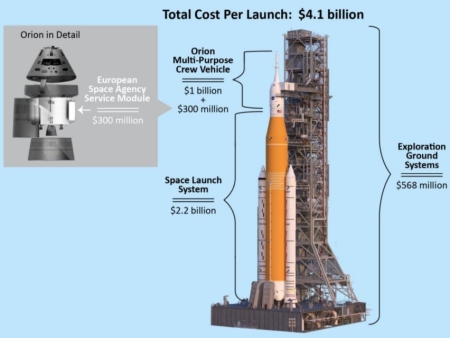Romania signs Artemis Accords
Romania on March 1st became the sixteenth nation to sign the Artemis Accords, designed to get around the Outer Space Treaty’s restrictions on private enterprise and property rights in space.
Romania is now the third former Soviet block nation to sign the accords, joining Poland and the Ukraine. The full list of signatories now includes Australia, Brazil, Canada, Israel, Italy, Japan, Luxembourg, Mexico, New Zealand, Poland, Romania, South Korea, the United Kingdom, the United Arab Emirates, the Ukraine, and the United States.
Up to now Germany and France — two of the west’s most important major space powers — have resisted signing, probably because both countries have had strong partnership ties with Russia, and Russia opposes the accords. The Russian invasion of the Ukraine however has caused Germany to break off all such Russian cooperation, which suggests it now may be more amendable to signing. I also suspect France may become more willing, though predicting France in these matters is always difficult.
Romania on March 1st became the sixteenth nation to sign the Artemis Accords, designed to get around the Outer Space Treaty’s restrictions on private enterprise and property rights in space.
Romania is now the third former Soviet block nation to sign the accords, joining Poland and the Ukraine. The full list of signatories now includes Australia, Brazil, Canada, Israel, Italy, Japan, Luxembourg, Mexico, New Zealand, Poland, Romania, South Korea, the United Kingdom, the United Arab Emirates, the Ukraine, and the United States.
Up to now Germany and France — two of the west’s most important major space powers — have resisted signing, probably because both countries have had strong partnership ties with Russia, and Russia opposes the accords. The Russian invasion of the Ukraine however has caused Germany to break off all such Russian cooperation, which suggests it now may be more amendable to signing. I also suspect France may become more willing, though predicting France in these matters is always difficult.


